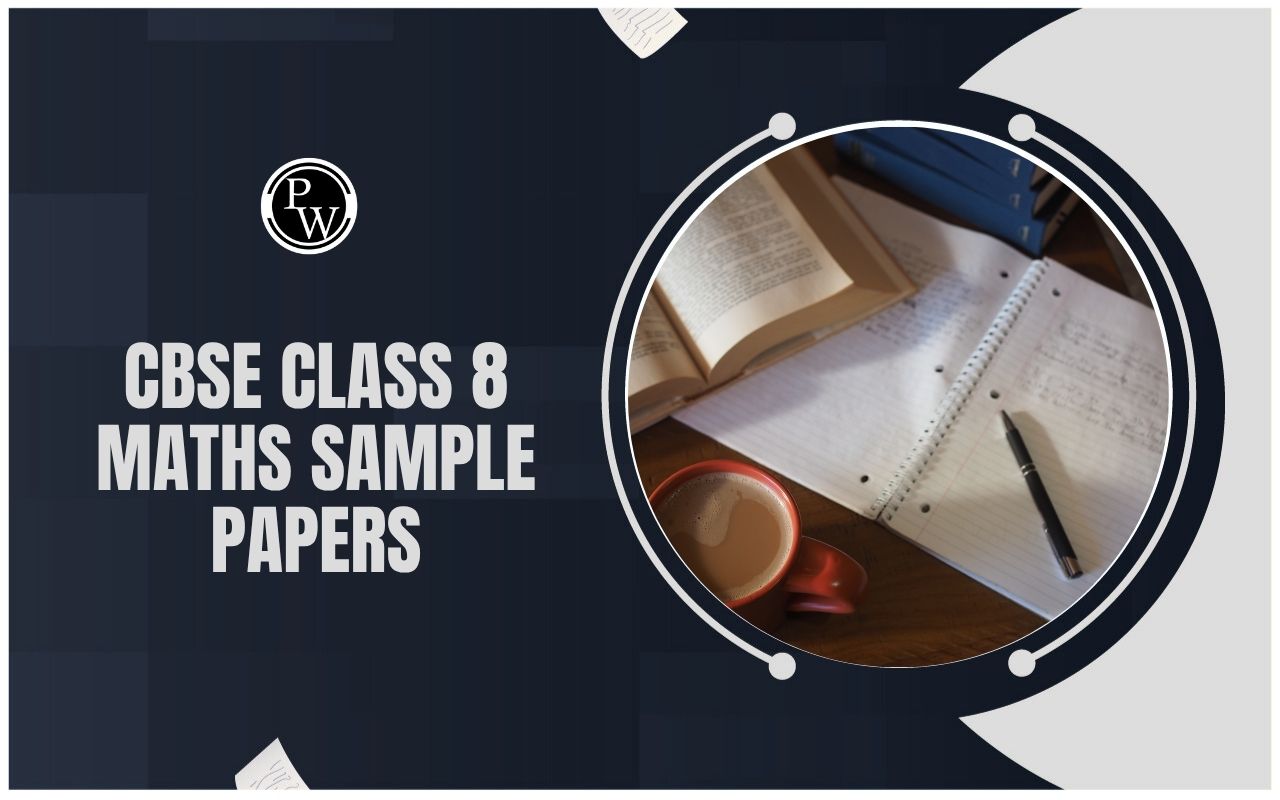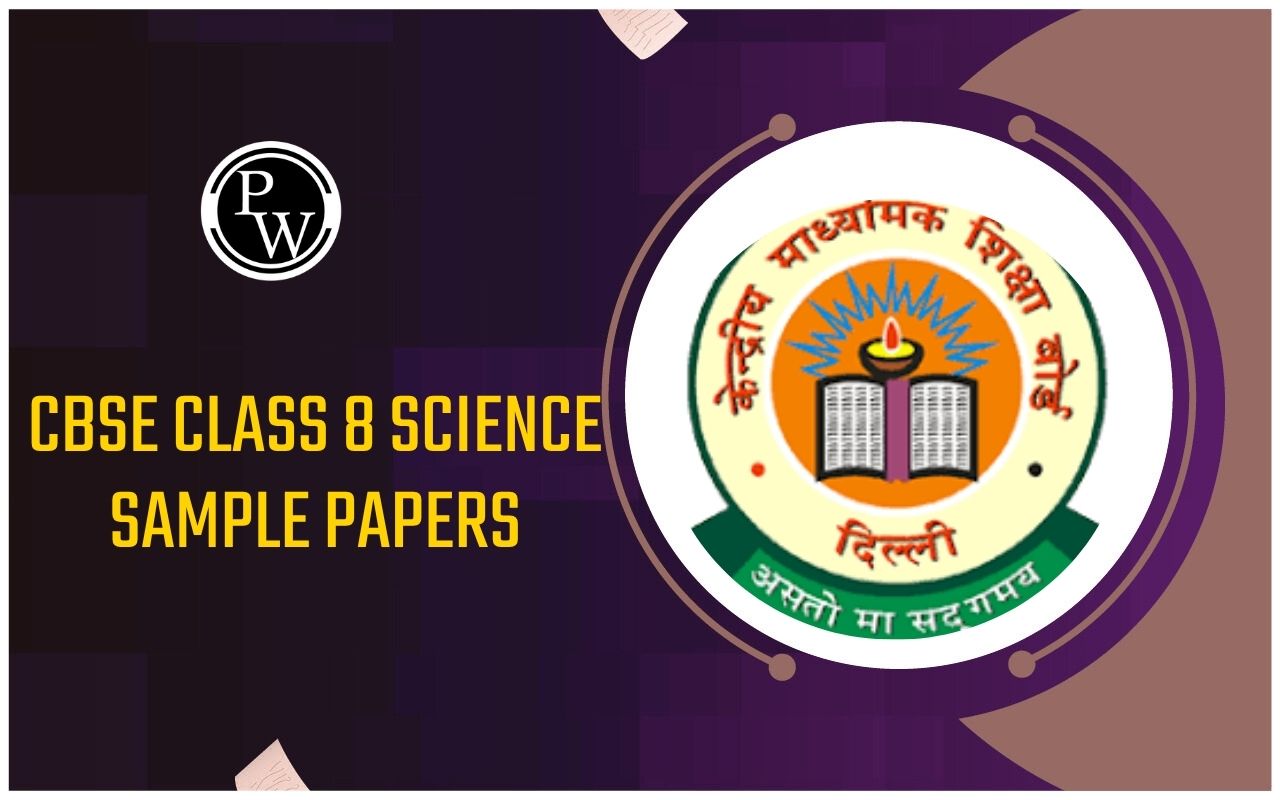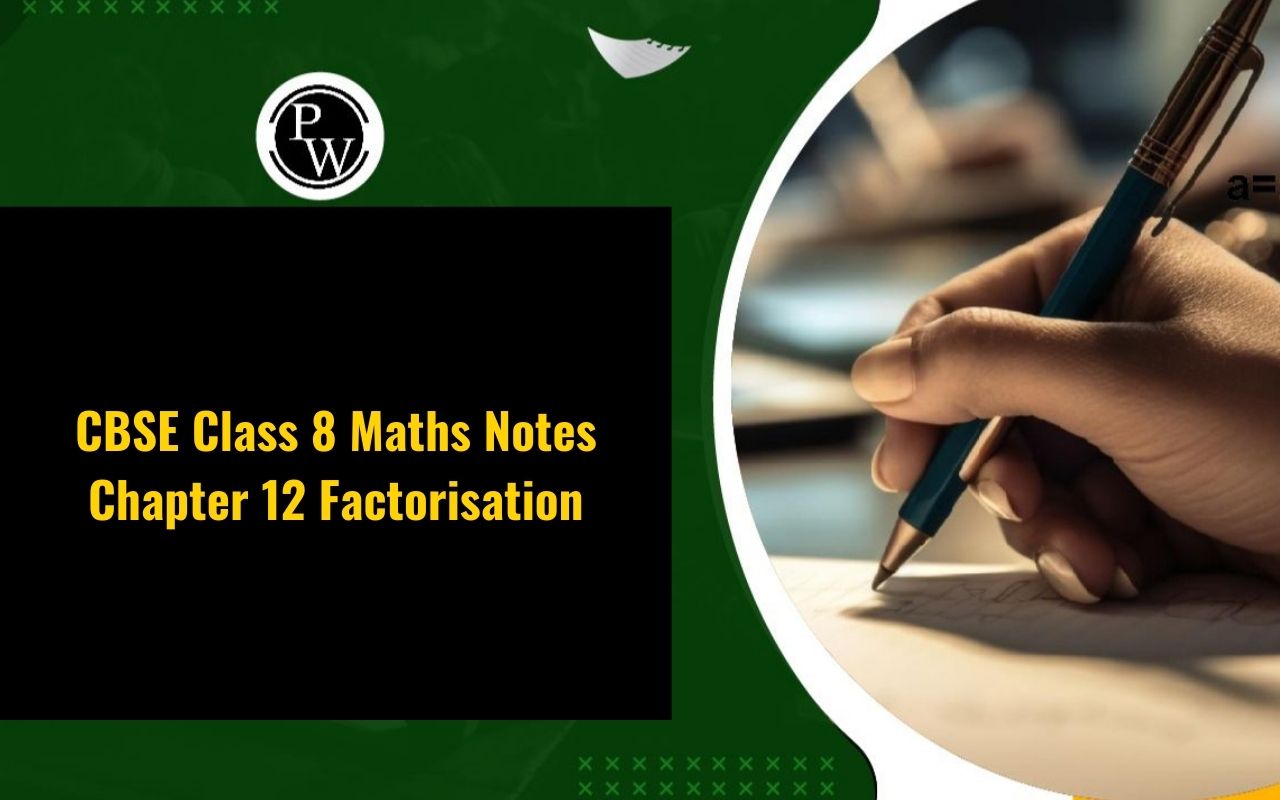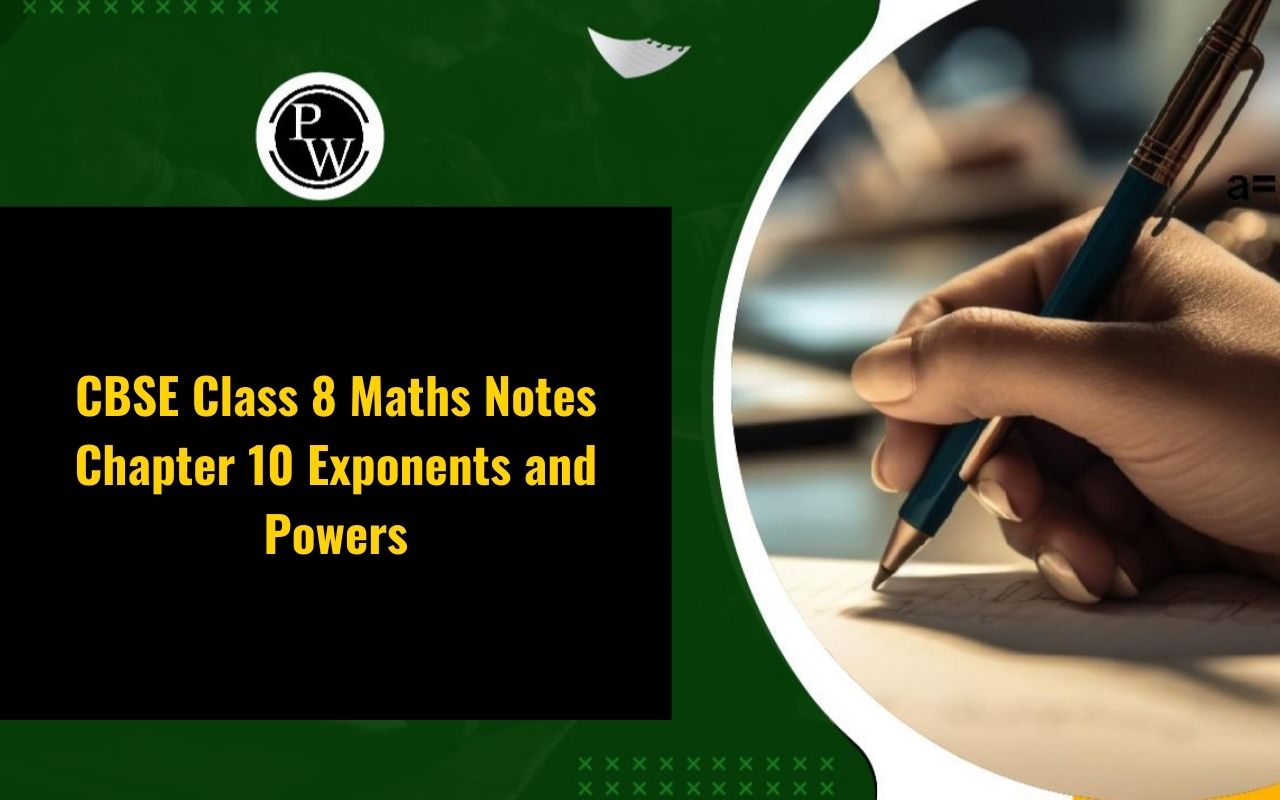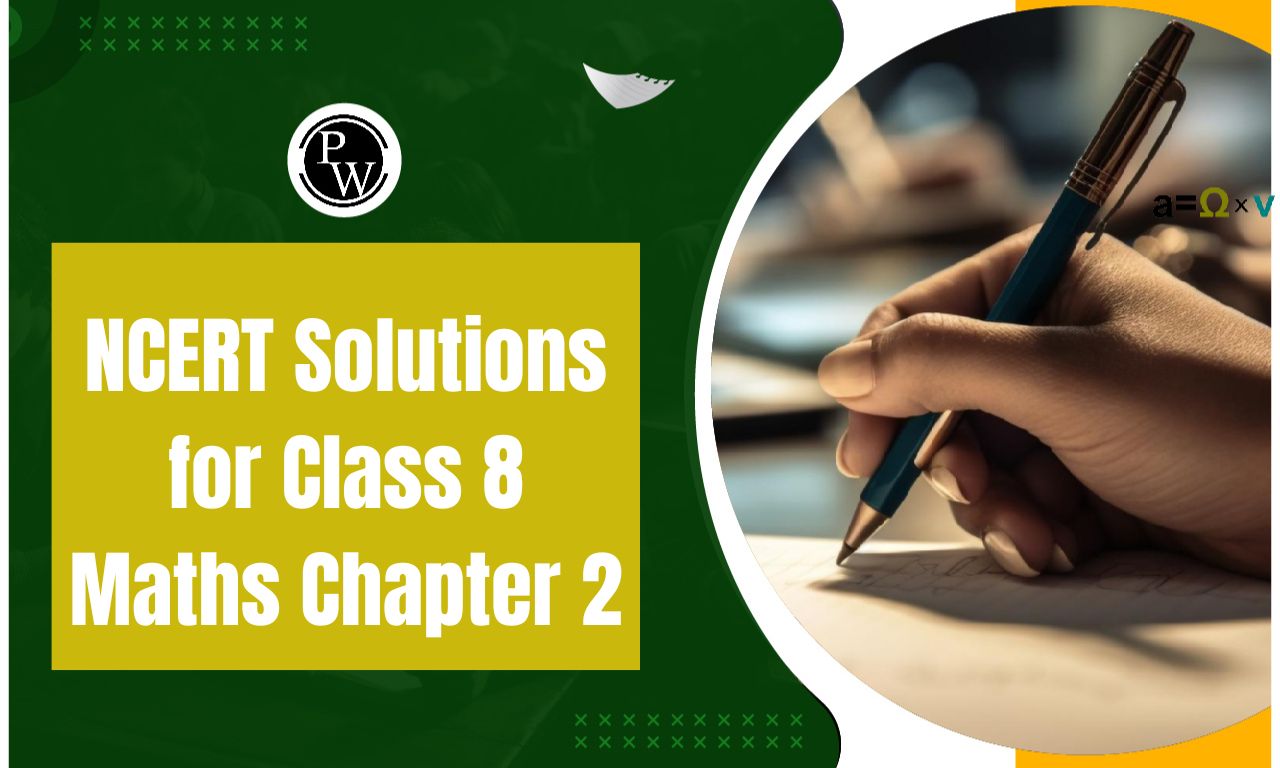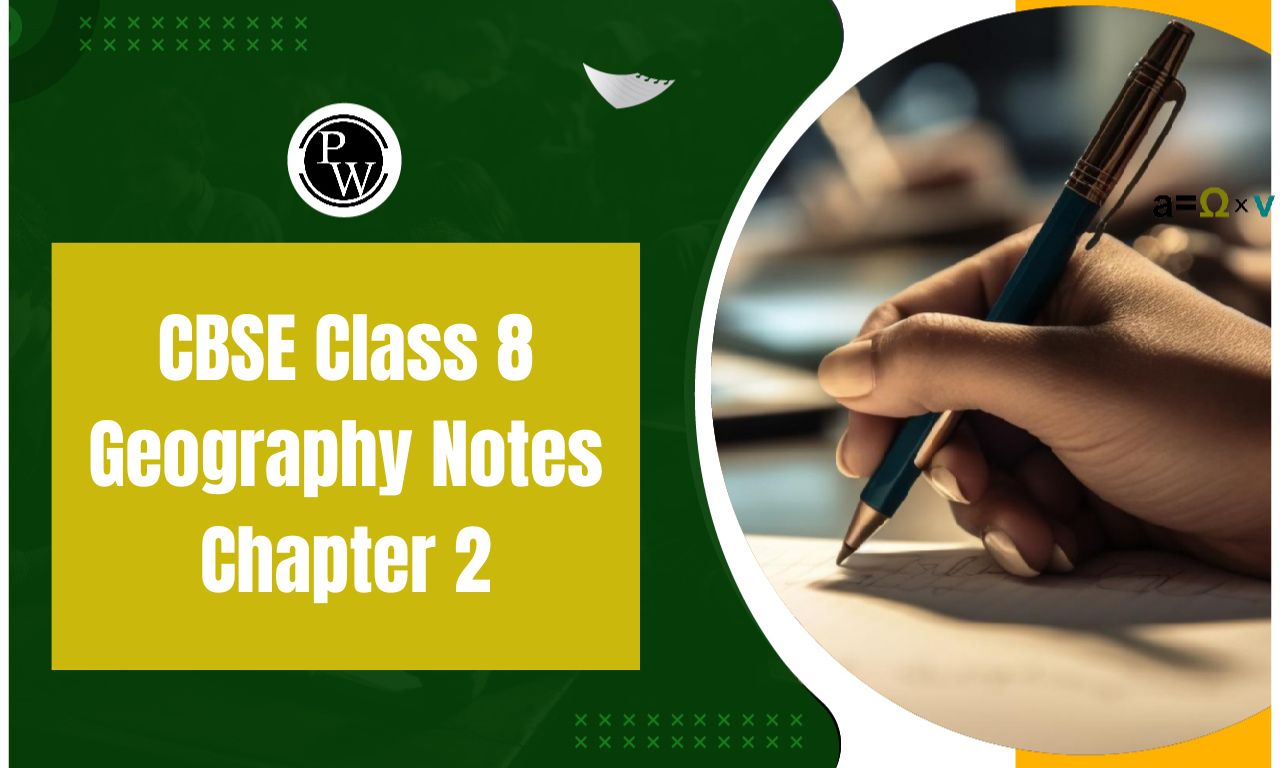
RS Aggarwal Solutions for Class 8 Maths Chapter 3 Exercise 3.1: The Physics Wallah academic team has provided a comprehensive answer for Chapter 3: Squares and Square Roots in the RS Aggarwal class 8 textbook. The RS Aggarwal class 8 solution for Chapter 3 Squares and Square Roots Exercise-3A is uploaded for reference only; do not copy the solutions.
Before going through the solution of Chapter Squares and Square Roots Exercise-3A, one must have a clear understanding of the chapter-3 Squares and Square Roots. Read the theory of Chapter 3 Squares and Square Roots and then try to solve all numerical of exercise-3A. For class 8 maths students, the NCERT textbook is a highly recommended resource for solving numerical problems and referencing NCERT solutions.RS Aggarwal Solutions for Class 8 Maths Chapter 3 Exercise 3.1 Squares and Square Roots Overview
Chapter 3 of RS Aggarwal's Class 8 Maths book focuses on Squares and Square Roots, fundamental concepts in mathematics. Exercise 3.1 introduces these concepts, starting with the definition of square numbers, which are the product of an integer multiplied by itself. The exercise explores properties of square numbers, including patterns and relationships between numbers and their squares. Students learn to identify perfect squares and use methods like prime factorization and division to determine whether a number is a perfect square. Additionally, the exercise covers the concept of square roots, the inverse operation of squaring a number. It explains how to find the square root of a given number, both through prime factorization and estimation methods. The exercise also introduces the use of the square root symbol (√) and teaches students to simplify square roots of non-perfect squares.RS Aggarwal Solutions for Class 8 Maths Chapter 3 Exercise 3.1 PDF
Below we have provided RS Aggarwal Solutions for Class 8 Maths Chapter 3 Exercise 3.1 in detail. This chapter will help you to clear all your doubts regarding the chapter. Students are advised to prepare from these RS Aggarwal Solutions for Class 8 Maths Chapter 3 Exercise 3.1 before the examinations to perform better.RS Aggarwal Solutions for Class 8 Maths Chapter 3 Exercise 3.1 PDF
RS Aggarwal Solutions for Class 8 Maths Chapter 3 Exercise 3.1 (ex 3A)
Below we have provided RS Aggarwal Solutions for Class 8 Maths Chapter 3 Exercise 3.1 Squares and Square Roots –(1) Using the prime factorization method, find which of the following numbers are perfect squares:
(i) 441 = 3 × 3 × 7 × 7 = 3 2 × 7 2 (ii) 576 = 2 × 2 × 2 × 2 × 2 × 2 × 3 × 3 = 2 6 × 3 2 (iii) 11025 = 5 × 5 × 3 × 3 × 7 × 7 = 5 2 × 3 2 × 7 2 (iv) 1176 = 2 × 2 × 2 × 3 × 7 × 7 (v) 5625 = 3 × 3 × 5 × 5 × 5 × 5 = 3 2 × 5 4 (vi) 9075 = 3 × 5 × 5 × 11 × 11 (vii) 4225 = 5 × 5 × 13 × 13 = 5 2 × 13 2 (viii) 1089 = 3 × 3 × 11 × 11 = 3 2 × 11 2(2) Show that each of the following numbers is a perfect square. In each case, find the number whose square is the given number:
(i) 1225 = 5 × 5 × 7 × 7 = 5 2 × 7 2
Thus, 1225 is the product of pairs of equal factors. ∴ 1225 is a perfect square. Also = (5 × 7) 2 = (35) 2 Hence, 35 is the number whose square is 1225.(ii) 2601 = 3 × 3 × 17 × 17 = 3 2 × 17 2
Thus, 2601 is the product of pairs of equal factors. ∴ 2601 is a perfect square. Also = (3 × 17) 2 = (51) 2 Hence, 51 is the number whose square is 2601.(iii) 5929 = 7 × 7 × 11 × 11 = 7 2 × 11 2
Thus, 5929 is the product of pairs of equal factors. ∴ 5929 is a perfect square. Also = (7 × 11) 2 = (77) 2 Hence, 77 is the number whose square is 5929.(iv) 7056 = 2 × 2 × 2 × 2 × 3 × 3 × 7 × 7 = 2 2 × 2 2 × 3 2 × 7 2
Thus, 7056 is the product of pairs of equal factors. ∴ 7056 is a perfect square. Also = (2 × 2 × 3 × 7) 2 = (84) 2 Hence, 84 is the number whose square is 7056.(v) 8281 = 7 × 7 × 13 × 13 = 7 2 × 13 2
Thus, 8281 is the product of pairs of equal factors. ∴ 8281 is a perfect square. Also = (7 × 13) 2 = (91) 2 Hence, 91 is the number whose square is 8281.(3) By what least number should the given number be multiplied to get a perfect square number? In each case, find the number whose square is the new number.
(i) 3675
Solution: Resolving 3675 into prime factors, we get
3675 = 3 × 5 × 5 × 7 × 7 = (3 × 5 2 × 7 2 ) Thus, to get a perfect square number, the given number should be multiplied by 3. New number = (3 2 × 5 2 × 7 2 ) = (3 × 5 × 7) 2 = (105) 2 Hence, the number whose square is the new number = 105.(ii) 2156
Solution: Resolving 2156 into prime factors, we get
2156 = 2 × 2 × 7 × 7 × 11 Thus, to get a perfect square number, the given number should be multiplied by 11. New number = (2 2 × 7 2 × 11 2 ) = (2 × 7 × 11) 2 = (154) 2 Hence, the number whose square is the new number = 154.(iii) 3332
Solution: Resolving 3332 into prime factors, we get
3332 = 2 × 2 × 7 × 7 × 17 Thus, to get a perfect square number, the given number should be multiplied by 17. New number = (2 2 × 7 2 × 17 2 ) = (2 × 7 × 17) 2 = (238) 2 Hence, the number whose square is the new number = 238.(iv) 2925
Solution: Resolving 2925 into prime factors, we get
2925 = 3 × 3 × 5 × 5 × 13 Thus, to get a perfect square number, the given number should be multiplied by 13. New number = (3 2 × 5 2 × 13 2 ) = (3 × 5 × 13) 2 = (195) 2 Hence, the number whose square is the new number = 195.(v) 9075
Solution: Resolving 9075 into prime factors, we get
9075 = 3 × 5 × 5 × 11 × 11 Thus, to get a perfect square number, the given number should be multiplied by 3. New number = (3 2 × 5 2 × 11 2 ) = (3 × 5 × 11) 2 = (165) 2 Hence, the number whose square is the new number = 165.(vi) 7623
Solution: Resolving 7623 into prime factors, we get
7623 = 3 × 3 × 7 × 11 × 11 Thus, to get a perfect square number, the given number should be multiplied by 7. New number = (3 2 × 7 2 × 11 2 ) = (3 × 7 × 11) 2 = (231) 2 Hence, the number whose square is the new number = 231.(vii) 3380
Solution: Resolving 3380 into prime factors, we get
3380 = 2 × 2 × 5 × 13 × 13 Thus, to get a perfect square number, the given number should be multiplied by 5. New number = (2 2 × 5 2 × 13 2 ) = (2 × 5 × 13) 2 = (130) 2 Hence, the number whose square is the new number = 130.(viii) 2475
Solution: Resolving 2475 into prime factors, we get
2475 = 3 × 3 × 5 × 5 × 11 Thus, to get a perfect square number, the given number should be multiplied by 11. New number = (3 2 × 5 2 × 11 2 ) = (3 × 5 × 11) 2 = (165) 2 Hence, the number whose square is the new number = 165.(4) By what least number should the given number be divided to get a perfect square number? In each case, find the number whose square is the new number.
(i) 1575
Solution: Resolving 1575 into prime factors, we get
1575 = 3 × 3 × 5 × 5 × 7 = (3 2 × 5 2 × 7) Thus, to get a perfect square number, the given number should be divided by 7. New number obtained = (3 2 × 5 2 ) = (3 × 5) 2 = (15) 2 Hence, the number whose square is the new number = 15.(ii) 9075
Solution: Resolving 9075 into prime factors, we get
9075 = 3 × 5 × 5 × 11 × 11 = (3 × 5 2 × 11 2 ) Thus, to get a perfect square number, the given number should be divided by 3. New number obtained = (5 2 × 11 2 ) = (5 × 11) 2 = (55) 2 Hence, the number whose square is the new number = 55.(iii) 4851
Solution: Resolving 4851 into prime factors, we get
4851 = 3 × 3 × 7 × 7 × 11 = (3 2 × 7 2 × 11) Thus, to get a perfect square number, the given number should be divided by 11. New number obtained = (3 2 × 7 2 ) = (3 × 7) 2 = (21) 2 Hence, the number whose square is the new number = 21.(iv) 3380
Solution: Resolving 3380 into prime factors, we get
3380 = 2 × 2 × 5 × 13 × 13 = (2 2 × 5 × 13 2 ) Thus, to get a perfect square number, the given number should be divided by 5. New number obtained = (2 2 × 13 2 ) = (2 × 13) 2 = (26) 2 Hence, the number whose square is the new number = 26.(v) 4500
Solution: Resolving 4500 into prime factors, we get
4500 = 2 × 2 × 3 × 3 × 5 × 5 × 5 = (2 2 × 3 2 × 5 × 5 2 ) Thus, to get a perfect square number, the given number should be divided by 5. New number obtained = (2 2 × 3 2 × 5 2 ) = (2 × 3 × 5) 2 = (30) 2 Hence, the number whose square is the new number = 30.(vi) 7776
Solution: Resolving 7776 into prime factors, we get
7776 = 2 × 2 × 2 × 2 × 2 × 3 × 3 × 3 × 3 × 3 = (2 2 × 2 2 × 2 × 3 × 3 2 × 3 2 ) Thus, to get a perfect square number, the given number should be divided by 2 × 3. New number obtained = (2 2 × 2 2 × 3 2 × 3 2 ) = (2 × 2 × 3 × 3) 2 = (36) 2 Hence, the number whose square is the new number = 36.(vii) 8820
Solution: Resolving 8820 into prime factors, we get
8820 = 2 × 2 × 3 × 3 × 5 × 7 × 7 = (2 2 × 3 2 × 5 × 7 2 ) Thus, to get a perfect square number, the given number should be divided by 5. New number obtained = (2 2 × 3 2 × 7 2 ) = (2 × 3 × 7) 2 = (42) 2 Hence, the number whose square is the new number = 42.(viii) 4056
Solution: Resolving 4056 into prime factors, we get
4500 = 2 × 2 × 2 × 3 × 13 × 13 = (2 2 × 2 × 3 × 13 2 ) Thus, to get a perfect square number, the given number should be divided by 2 × 3. New number obtained = (2 2 × 13 2 ) = (2 × 13) 2 = (26) 2 Hence, the number whose square is the new number = 26.(5) Find the largest number of 2 digits which is a perfect square.
Ans: The largest 2-digit number is 99. Square of 10 = 100 > 99, thus the number would be less than 10. And the largest whole number less than 10 is 9. Therefore, 9 × 9 = 81(6) Find the largest number of 3 digits which is a perfect square.
Ans: The largest three digits number is 999. But 961 is a largest three digits number, is a perfect square.
961 = 31 × 31 Here, for easy to understand we take the before and after number of 31. Those are 30 and 32 respectively. Now, 30 × 30 = 900 and 32 × 32 = 1024. Hence, we can write 961 is largest three numbers has a perfect square.Benefits of RS Aggarwal Solutions for Class 8 Maths Chapter 3 Exercise 3.1
The RS Aggarwal Solutions for Class 8 Maths Chapter 3 Exercise 3.1 on Squares and Square Roots provide several key benefits for students:Concept Clarity : The solutions offer clear and detailed explanations for each problem, helping students understand the fundamental concepts of squares and square roots thoroughly.
Step-by-Step Guidance : Each solution is broken down into step-by-step instructions, making it easier for students to follow along and grasp the procedures involved in solving problems related to squares and square roots.
Reinforcement of Learning : By practicing with these solutions, students reinforce their understanding of squares and square roots, ensuring that they retain the concepts for longer and can apply them in different contexts.
Error Correction : The detailed solutions help students identify where they might have gone wrong in their calculations and understand the correct approach, reducing the likelihood of repeating the same mistakes.
Improved Problem-Solving Skills : The variety of problems presented in Exercise 3.1 helps students develop their problem-solving skills, encouraging logical thinking and analytical reasoning.
Exam Preparation : The solutions are aligned with the exam syllabus and pattern, making them a valuable resource for exam preparation. Students become familiar with the types of questions that may appear in exams and learn the best methods to solve them.
RS Aggarwal Solutions for Class 8 Maths Chapter 3 Exercise 3.1 FAQs
What are the rules of squares and square roots?
What is the importance of squares and square roots?
Which method is best for square root?
What is the concept of square root?


